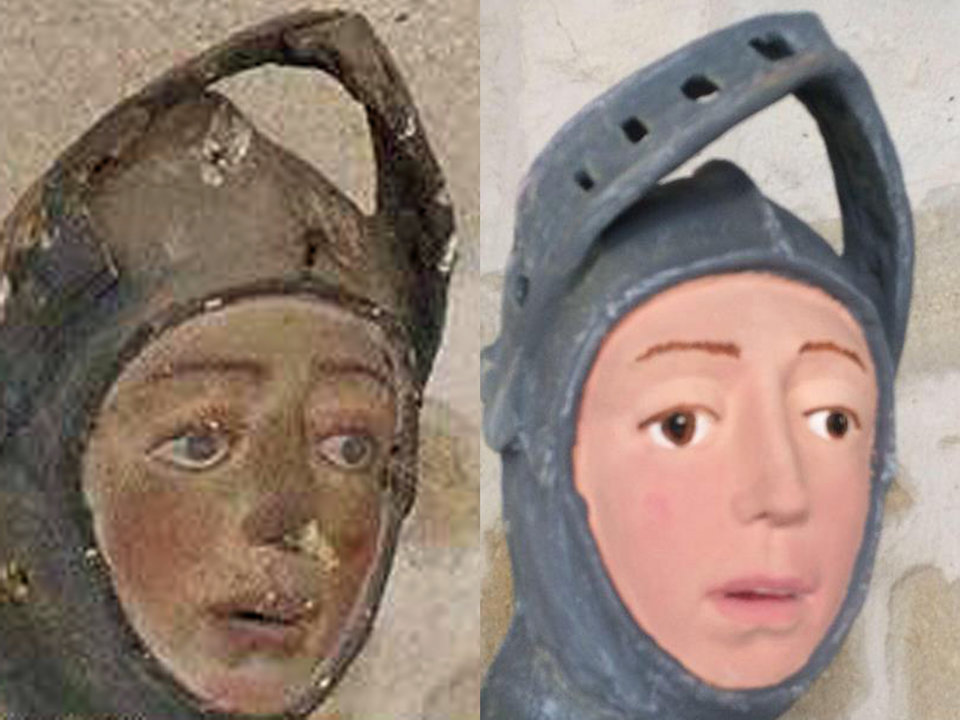
Bringing The Youth To Pontevedra
The roads of Pontevedra, Spain, once invaded by traffic and city squares, are now often filled with baby strollers and the city council has redesigned Pontevedra from the viewpoint of a child.
Bringing The Youth To Pontevedra
The roads of Pontevedra, Spain, once invaded by traffic and city squares, are now often filled with baby strollers and children playing. By restricting traffic and eliminating physical barriers, the city council has redesigned Pontevedra from the viewpoint of a child.
This trend is reflected in the demographics of Pontevedra. The city has attracted young families from throughout Spain’s northwest region to settle in the city, even as Spain continues to struggle with declining birth rates. Beginning in 2000, the population of children age 0 to 14 increased by 8% in Pontevedra and has continued to expand the pedestrian area from the center to the outskirts, liberating a total 669,000 square meters previously dominated by cars.
Car use in the inner city has dropped by 77%, and carbon emissions have dropped by 66%, according to the city council accompanied by a dropping crime rate (its lowest crime rate in a decade with 34 offenses per 1,000 citizens, and last year it reached a new low of 27).
Surprisingly, cars are not strictly banned inside the city. Residents with a private garage can bring their cars in, and traffic is open to delivery services, emergencies, and even to private drivers who need to stop by the center for a pick-up or drop-off.
“It is like building a nest,” said Carmen Fouces, Pontevedra’s culture councilor. “If you put some fluff and straws on a branch, a bird will soon make it its home.”
We hope you’ve enjoyed learning how a Spanish city counsel is Bringing The Youth To Pontevedra! Ready to make your trip to the revitalized city? Our culturally immersive classes and native instructors are sure to put you on the path to fluency faster than you might think! Click below to learn more.
Stifiling Rising Spanish Rent
The new rules are meant to counteract Airbnb-type rentals…
Stifling Rising Spanish Rent
The effort by Spain’s Socialist government to control apartment rents is off to a rough start. Just 2 months after imposing rent-suppression measures, rents rose at a 7.5% annual pace
The new rules for privately owned apartments in Spain were meant in part to counteract Airbnb-type rentals, but this isn’t a struggle just the Spanish are experiencing. In the United States, the government is struggling to remedy how to keep tenants from being priced out of their neighborhoods. Germany is going even further than Spain, with plans to freeze rents for 5 years and give tenants the opportunity to demand reductions.
In Spain, the new rules limit annual rent increases for five years to the inflation rate much to the distain of landlords, however after that period is over they can raise, or lower, them as they wish, in a new contract.
“The big institutional investors are specialists, they’re opportunistic and will focus on where the outlook and conditions are most favorable,” said Joe Lovrics, who runs Citigroup Inc.’s Iberia markets desk in Madrid. “They look at these rules and say: ‘If this is permanent, we’ll look elsewhere.”’
What are your thoughts on the measures the Spanish government is taking. Do you believe they will successfully keep the rent prices down? Join the conversation below!
The Most Fixed Sport in Europe
Surprisingly tennis tops the list of sports linked to suspicious gambling…
The Most Fixed Sport in Europe
Spanish authorities have arrested 15 people in connection with an international ring accused of fixing tennis matches which included the leaders of an Armenian gambling ring as well as 28 professional players. One of those even participated in last year’s U.S. Open. It may come as a surprise, but The European Sports Security Association, which tracks betting for bookmakers, has said tennis tops the list of sports linked to suspicious gambling.
As part of the crackdown, 11 houses were raided and police seized vehicles, firearms, credit cards, and 167,000 $191,000 in cash. Spanish player Marc Fornell-Mestres is accused of acting as the link between players and the Armenian ring that bribed them. No other names had been immediately disclosed by authorities.
This isn’t Mestres’ first run in with the law either. He was suspended from professional tennis last year, according to the Tennis Integrity Unit, which said the suspension related to an investigation into "alleged breaches of the Tennis Anti-Corruption Program."
Police said the organized group bribed the players to guarantee predetermined results, and used the identities of citizens to place international bets on the matches while members of the crime ring attended the matches to ensure the players complied with the fixes.
We hope you’ve enjoyed learning about The Most Fixed Sport in Europe! How do you believe authorities could best deal with this issue in the sporting world? Join the conversation below!
Spain's Lost City
On July 1st, The UNESCO list of world heritage sites added the medieval Spanish city of Medina Azahara, to the growing list of Spanish sites honored…
Spain's Lost City
On July 1st, The UNESCO list of world heritage sites added the medieval Spanish city of Medina Azahara, to the growing list of Spanish sites honored.
The site, which houses the ancient ruins of a city founded by the first caliph of Al-Andalus had remained buried for nearly 1000 years before its discovery at the beginning of the 20th century. It houses the ancient ruins of a city founded by the first caliph (a person considered a religious successor to the Islamic prophet, Muhammad, and a leader of the entire community) of Al-Andalus.
Built beginning in 936-940, the city included reception halls, mosques, government offices, gardens, barracks, and baths with water supplied through aqueducts. The main reason for its construction was politico-ideological: "the dignity of the Caliph required the establishment of a new city, a symbol of his power, imitating other Eastern Caliphates." A Legend also states that it was built as a tribute for the Caliph's favorite wife: Azahara.
According to the official WHC entry, “The Caliphate city of Medina Azahara is an archaeological site of a city built in the mid-10th century CE by the Umayyad dynasty as the seat of the Caliphate of Cordoba. After prospering for several years, it was laid to waste during the civil war that put an end to the Caliphate in 1009-10. The remains of the city were forgotten for almost 1,000 years until their rediscovery in the early 20th century. This complete urban ensemble features infrastructure such as roads, bridges, water systems, buildings, decorative elements and everyday objects. It provides in-depth knowledge of the now vanished Western Islamic civilization of Al-Andalus, at the height of its splendour.”
It is Spain’s only candidate this year but replaces France as the third country with the most sites on this list following China and Italy.
We hope you've enjoyed learning about Spain's Lost City! Before you book that ticket to witness the sunken city, be sure to check out our culturally immersive group classes! Our native instructors are sure to equip you with all of the knowledge, culturally and linguistically, you may need to navigate Spain's newest "world heritage" site.
Monumental Misfortune
In late June, the statue of St. George at a church in Estella in northeastern Spain was experiencing higher than regular visitation numbers. Unfortunately, it was due to a badly botched restoration…
Monumental Misfortune
In late June, the statue of St. George at a church in Estella in northeastern Spain was experiencing higher than regular visitation numbers. Unfortunately, it was due to a badly botched restoration.
The statue is believed to have been completed sometime in the 1500s, and the new coat of paint has had locals wishing that they could turn back the clock. A local bishop said that the priest did not want to restore the statue just to have it cleaned.
The company behind the St. George project, Karmacolor, had published a video about the restoration process but has since taken it down as outrage has mounted against them.
"We cannot tolerate more attacks on our cultural heritage," Spain's art conservation association (ACRE) said in a statement. "It shows a frightening lack of training of the kind required for this sort of job” and that it showed “dreadful lack of previous training.” The association is currently pushing for criminal charges for the destruction of a cultural symbol.
The final product has been compared to the “Ecce Homme” disastrous restoration that occurred in 2012, which made headlines around the world and was dubbed the “worst restoration in history” for making the figure of Jesus look much like a monkey.
But the move has enraged local officials who are demanding to know why they were not informed of the church's plans.
Some positives did come from her efforts however, as the town drew thousands more visitors eager to see her "restoration" and she even had her own art exhibited. Whether the controversy-driven traffic to the statue of St. George turns out nearly as positive still remains to be seen.
We hope you've enjoyed learning about this Monumental Misfortune! Before you book that ticket to witness the statue of St. George that is causing so much controversy, be sure to check out our culturally immersive group classes! Our native instructors are sure to equip you with all of the knowledge, culturally and linguistically, you may need to describe this "monumental" misfortune.
















